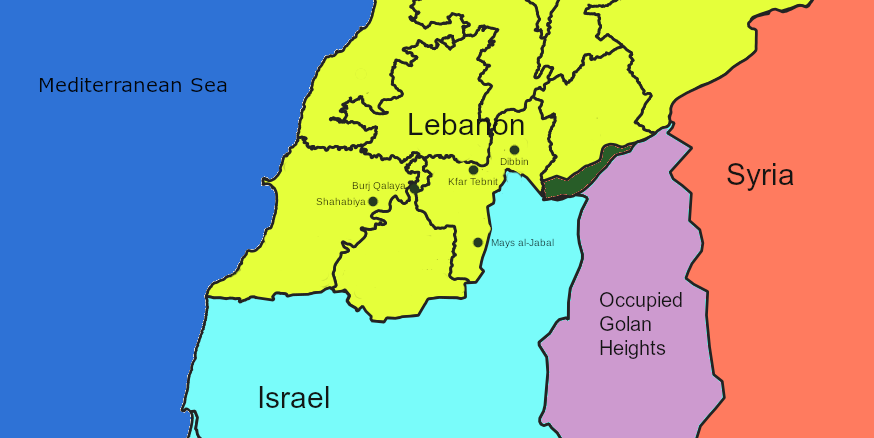With just over a week until the one-year anniversary of the Israeli assassination of Hezbollah leader Hassan Nasrallah during last year’s war, there were already concerns that Israel might start again escalating attacks against Lebanon. In practice Israel never really stopped striking, in spite of a ceasefire reached last November.
Today those fears appeared to be realized as Israel issued an evacuation order against the villages of Kfar Tebnit, Dibbin, and Mays al-Jabal before attacking all three. Mays al-Jabal, a popular target for Israel, was hit multiple times. At least one person was confirmed wounded in the Mays al-Jabal attacks.
That wasn’t the end of the attacks, either. Though it does not appear any warning was issued for these areas, Israel also carried out strikes against Burj Qalaya and al-Shahabiya, both further west. Casualty details on those strikes are not yet available.

The IDF, as they generally do, claimed everything they attacked was a Hezbollah “weapon depot,” though they offered no evidence that this was the case. They also claimed the sites belonged to the Radwan Force and were in violation of the ceasefire, though once again, evidence was not provided for any of the claims.
The evacuation orders likely allowed people in the first three villages to mostly escape the attacks, though the roads were reportedly crowded with people trying to flee and the strikes came only about an hour after the order.
Lebanese Prime Minister Nawaf Salam slammed the attacks as “intimidation and aggression” in violation of the ceasefire, and called on the international community to pressure Israel to stop attacking Lebanese territory.
Lebanese officials claimed the number of Israeli ceasefire violations since November is in excess of 4,500. This includes many hundreds of airstrikes. In spite of Israeli claims of Hezbollah violations by their presence, Hezbollah has not fired a single rocket into Israel since the ceasefire went into effect.


